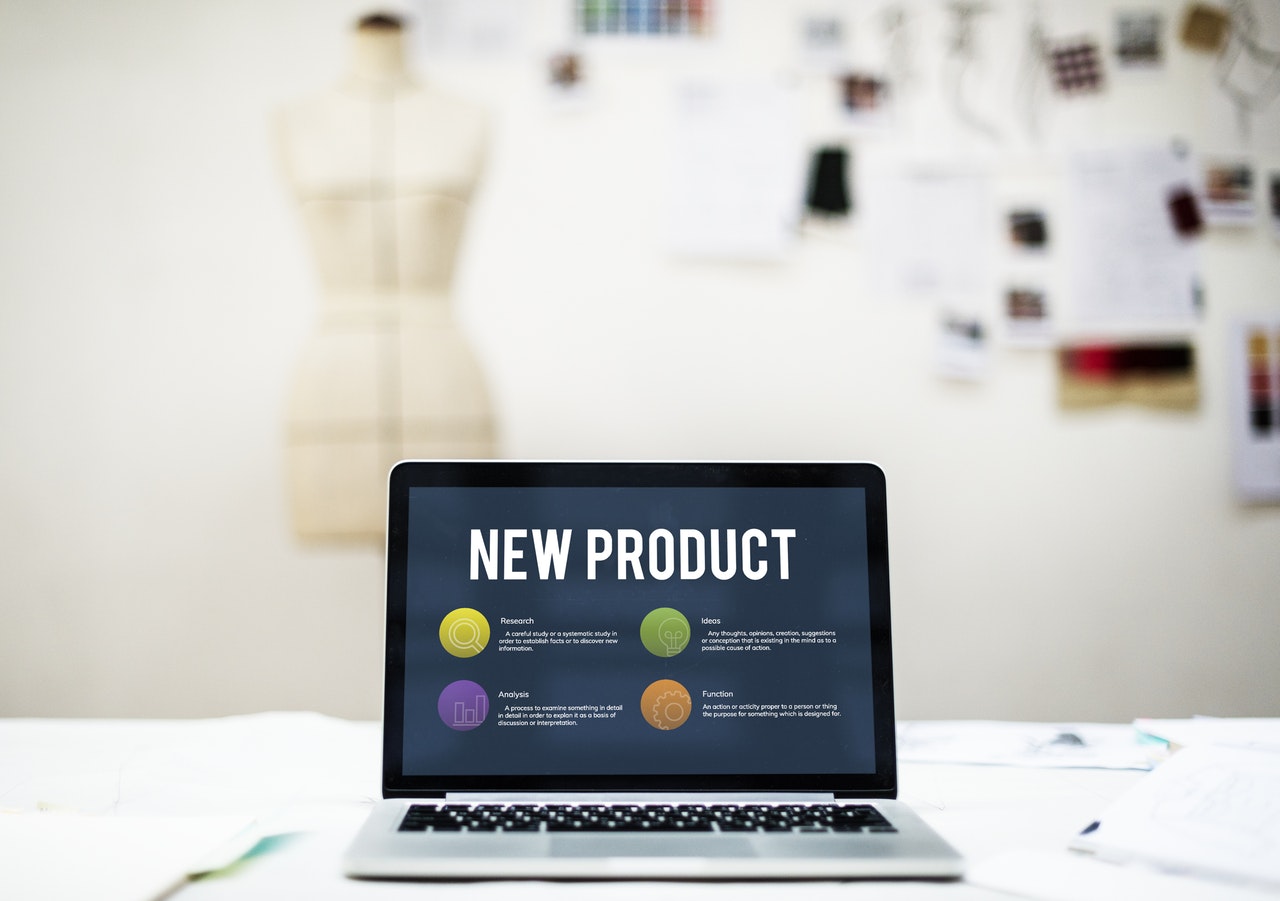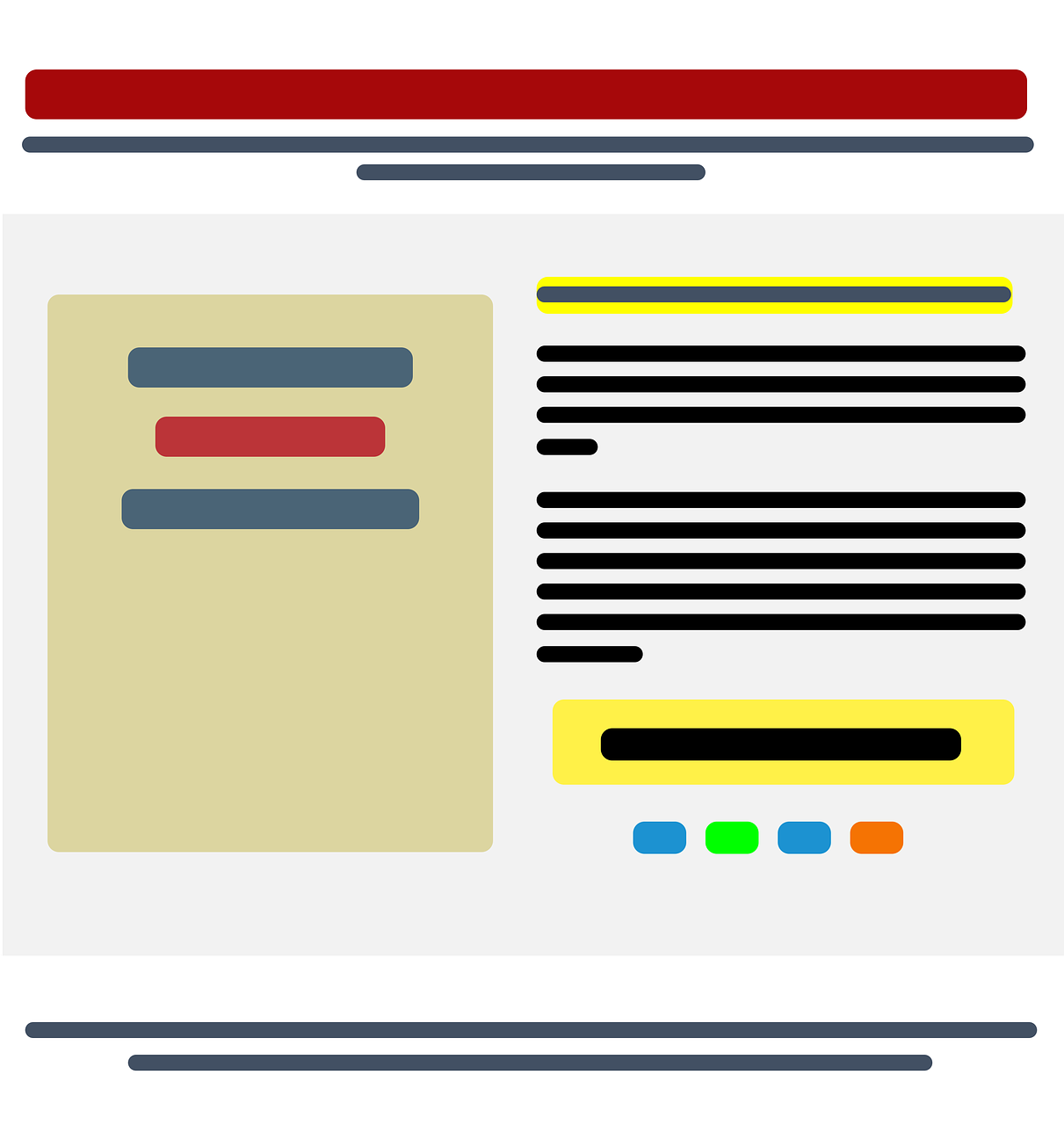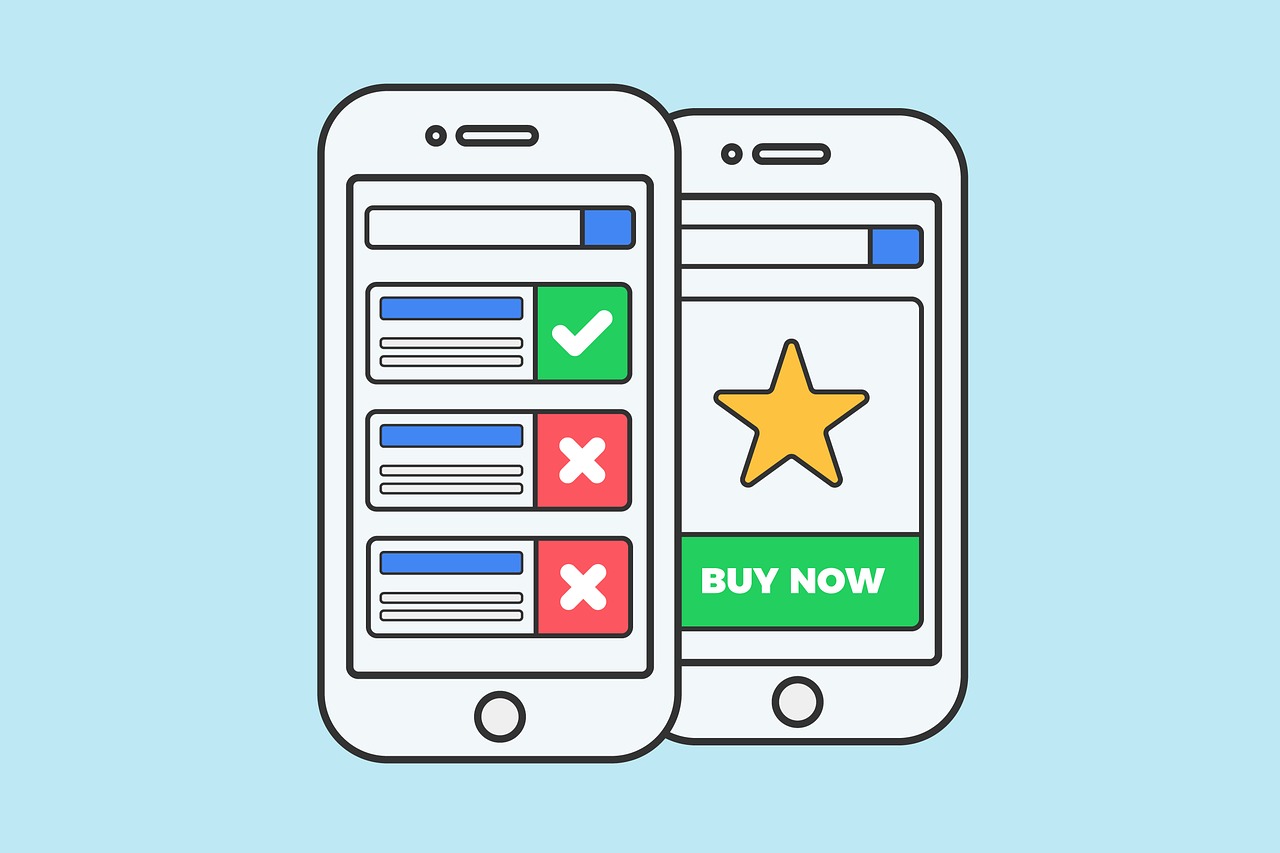Landing Page Optimization Best Practices: How to Choose the Right Message and Landing Page for Your Paid Search Campaign
You’ve decided to try your hand at paid search efforts, like Google AdWords. After all, how hard can it be, right?
You targeted your keywords. You wrote some killer ad copy. You set your daily budgets and accepted bid rates.
And then you didn’t get many conversions.
Why not? Probably your landing page.
But good news: you’ve found this handy landing page optimization best practices guide!
The Importance of Dedicated Landing Pages

Image Source: Pexels
This disconnect between ad and target page is a common issue. Many marketers become so pre-occupied with the paid search campaign itself, they don’t stop to think about the follow-through. Here’s a real example:
A company wants to highlight a new product through specific ads, even offering a discount code at checkout for that new product. The ads were effective and drew clicks from prospective buyers. But sales didn’t really increase.
The problem: The ads took users to the homepage. A user saw the ad, thought, “Hey, I want that,” and clicked the ad, and then landed on the homepage and had to go searching for the product. Many didn’t find it, and just left.
This is why a dedicated landing page is so important. The company should’ve sent those who clicked an ad directly to a page specifically about that product, with an easy way to purchase it. Then they could’ve capitalized on the interest. Instead, they inadvertently created a scavenger hunt most visitors didn’t want to participate in.
PPC Landing Page Best Practices: What Messages and Elements to Include on Your Landing Page

Image Source: Pixabay
Clear Path to Action
There are certainly some exceptions to this rule, but in general, your landing page should have one single call-to-action, with a clear way to complete that action (i.e. a phone number, content form, purchase form, etc.).
Keep it simple, keep it concise – let them do one thing and one thing only. And that one thing better be directly correlated to the message in the ads. No risk of presumed baiting and switching – if your ad offers something or promises something or states something, make sure your single call-to-action follows through on that.
Pro-tip 1 – Choose Fields Carefully: If you’re going to include a form, try to keep it under four fields. Think about how much information you really need from first contact. If you are offering a digital download, for example, do you really need their street address, city, state, and zip code? That’s four fields that give a visitor pause.
Pro-tip 2 – Use Automatic Follow-up: Do you ultimately want more information than what you request from this initial form? Set up an email drip campaign – use the email address you’re definitely going to have them give you to automatically send out emails with useful information and sales content, and offer additional giveaways or info for their additional information, like a mailing address. We have certified experts in HubSpot and other marketing automation tools who can help you get started.
Pro-tip 3 – Give a Reason to Convert: Give the visitor an incentive to take action. If your page is a product page where they should buy something, your job is done, but if this is a first step to gain sales leads, give your visitors a good reason to become a lead. If you want their contact information, what’s in it for them? Give them free access to a PDF of great information and advice on a topic in your industry, or offer an hour of free consulting in your area of expertise, or some type of giveaway that you can support, that they would want in exchange for their precious contact information.
No Distractions
When building your landing page, you may want to consider making it an entirely standalone page. By that I mean don’t even offer the main header of your website with its main navigation. Don’t let visitors get distracted by other pages to read, which are likely to pull them away from your call-to-action and give them a chance to lose interest and leave, or get pulled into a meeting and leave, or get interrupted by an email or instant message or Facebook post and leave. Keep them entirely focused on your desired action.
To accomplish that, you’ll need a good message…
Credible Messaging
Since you aren’t including navigation to your website’s About page that talks all about the company, you need to establish who you are via the copy on your landing page.
Headline
Start the page with a headline that directly answers the question posed in the ads. Make sure there’s an obvious through-line from ad to page.
Body Content
Then start your body content with explanations of the benefits of whatever it is you’re offering. Focus specifically on how this product or service will help the reader solve a problem. Then explain how easy the next step is and place the next step right there, either as a way to purchase, or a form to get started or schedule an appointment, or a phone number to talk to an expert – whatever it is.
About Us
While earlier I suggested excluding your website’s navigation from the landing page, I don’t suggest excluding your company logo. Make sure your company and its branding are perfectly clear.
But you may say that’s not enough in establishing that this offer is coming from you, and establishing who you are. In that instance, after the sales copy, consider a credibility piece. Explain who you are and why visitors should trust you. Keep this part short, but establish your legitimacy and trustworthiness. Bonus if you can include some testimonials about your company, or the product or service, or both.
Pro-tip – Multiple Conversion Opportunities: Layer your call-to-action through the messaging. Many users may need to read your page before deciding to convert, so don’t assume that a form at the top of the page will automatically work because it’s visible. Instead, place that form at the top of your page, but also have a callout to it in the middle of the content, and then, if they’ve made it all the way to the bottom, stash another version of the form there. Don’t make them remember that a form was at the top and scroll back up there to get to it. Multiple opportunities increase your chances.
Now Go Forth and Landing Page

Image Source: Pixabay
Hopefully these PPC landing page best practices prove helpful as you optimize your paid search campaigns. The greatest campaign will fail miserably if ads don’t direct to a dedicated page about the topic of the ad.
And if you don’t have the time to monitor and update your keywords and bids and best-performing ads on a daily basis, consider tapping our PPC experts to help you with the paid search managing. We can also write your ads and build your landing pages, if you want.



